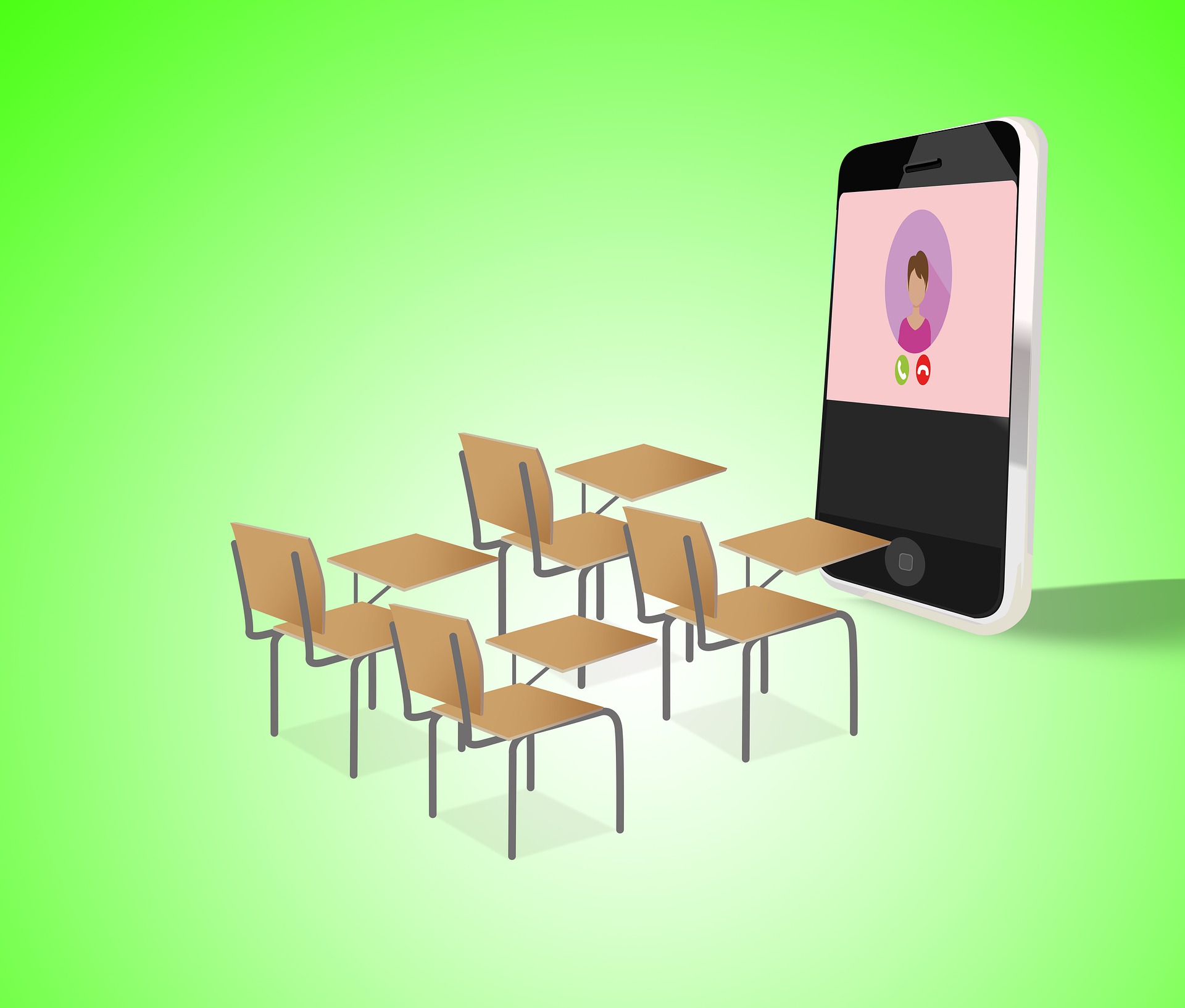Tech & Learning Top 6 Research Stories of the Year
From the efficacy of flipped learning to the power of therapy dogs, there was a lot of fascinating educational research published in 2021

Tech & Learning’s top education research stories of 2021 looked at new studies and trends in research that shed light on and raised new questions regarding how students of various ages learn.
In a year of teaching that continues to be dominated by the evolving dynamics and challenges of the pandemic, it’s been inspiring to see educators the world over respond with new strategies. These are our favorite stories that explored new research and the science of learning.
Video Learning May be More Effective Than In-Person Lectures
Most schools have returned to primarily in-person instruction but it may not be time to throw away that external webcam just yet. Researchers in Australia looked at 105 studies and found that when students learned from video instead of more traditional in-person instruction, the average grade increased from a B to a B+. When students received video lessons in addition to an existing class, the impact was even greater, with the average grade rising from a B to an A. Michael Noetel, the study’s lead author and a psychologist at Australian Catholic University, says it’s not clear why this is but it may be because educators do a better job of editing themselves on video. “We lose all of the irrelevant stories, and students can skip the parts of our lectures that they think are boring,” he says. Having the learner be able to control the learning materials is also important. “When students can self-pace, they're much more likely to be able to catch up if they miss something,” he says.
Ebook vs. Print Books
Ebooks have surged in popularity since the pandemic began, however, new research led by Natalia Kucirkova, professor of Early Childhood and Development at the University of Stavanger in Norway and Open University, found that young children were less likely to understand ebooks unless they had effective enhancements. “We found a negative impact of digital books on children’s (ages 1-8) learning when comparing digital and print books, mirroring the results of meta-analyses with adult readers,” Kucirkova says. But her research also demonstrated that when it comes to childhood reading not all digital books are equal. “Our results are significantly moderated by the design of the tested digital books and may reflect the rather low quality of enhancements in the digital books available for young children.”

High-Dosage Tutoring
Building on years of research that have shown consistent advantages for high-dosage tutoring, many districts sought to bolster their tutoring programs in different ways, with some turning to services that could deliver assistance online. The intervention is viewed as one evidence-based way to combat pandemic learning losses. Matthew Kraft, associate professor of Education & Economics at Brown University, is a proponent of high-dosage tutoring yet warns that combatting the effects of the pandemic will be long and difficult. “Tutoring is a promising idea to integrate into a portfolio of approaches to support kids, but it's not a silver bullet,” Kraft says. “We need to frame tutoring much more about caring relationships between adults and kids that you add academics on top of, then just narrowly about academic acceleration. We need to meet the kids where they are, address their social and emotional learning needs, and then build on that.”
Flipped Classrooms Improve Student Academics and Satisfaction
Proponents of flipped classrooms have long proclaimed the advantages of this pedagogy, but research backing these claims has been scattered and difficult to track down. A study published this year in the Review of Educational Research examined 317 high-quality studies (with a combined sample size of 51,437 college students) in which flipped classes were compared to traditional lecture classes taught by the same instructors. The researchers found significant advantages for flipped versus traditional lecture. In particular, partial flipped classrooms -- in which some but not all material followed the flipped model -- outperformed both traditional lecture classes and fully flipped classrooms. Lead author Carrie A. Bredow, an associate professor of psychology at Hope College in Michigan, believes this might be explained by two factors. First, partially flipped classrooms allow instructors to pick and choose the units that are best suited to the approach. “There might be some units within, say a math course, where you really just need to have that direct instruction, because doing that in class is gonna be more effective than putting it on a video,” she says. Second, partially flipping a class is easier for instructors, which could increase the course quality. “You're able to do maybe a better job at flipping certain sections than trying to flip everything at once,” Bredow says.
Surveillance in Schools Associated With Negative Student Outcomes
Cameras, metal detectors, and other forms of surveillance are designed to keep students safe but can lead to more suspensions, lower math scores, and fewer students attending college after graduation, according to a paper presented at the American Educational Association. For the study, researchers used data from the U.S. Department of Education’s Educational Longitudinal Study and looked at approximately 6,000 students. “We found that schools that rely heavily on metal detectors, random book bag searches, school resource officers, and other methods of surveillance had a negative impact relative to those schools who relied on those technologies least,” says Odis Johnson Jr., the lead author of the study and the Bloomberg Distinguished Professor of Social Policy & STEM Equity at Johns Hopkins.
Tools and ideas to transform education. Sign up below.
Therapy Dogs Reduce College Stress, Improve Executive Functioning

While the impact dogs have on reducing stress has long been noticed anecdotally, Patricia Pendry, professor in the human development department at Washington State University, wanted to quantify that impact. In a study published earlier this year, she and her colleagues found that spending just one hour per week for a month with therapy dogs led to a significant improvement in executive functioning for college students at risk of failing academically. While the reasons for these benefits are not always clear, there are some theories. “I'm a strong believer that through petting and touching the dog, there potentially is a release of oxytocin, which suppresses a stress hormone known as cortisol,” Pendry says. “And I think there is a temporary lowering of stress hormones in response to engaging with animals. We know that even just 10 minutes with a dog, reduces the amount of stress hormones that are circulating in the system.”
Erik Ofgang is a Tech & Learning contributor. A journalist, author and educator, his work has appeared in The New York Times, the Washington Post, the Smithsonian, The Atlantic, and Associated Press. He currently teaches at Western Connecticut State University’s MFA program. While a staff writer at Connecticut Magazine he won a Society of Professional Journalism Award for his education reporting. He is interested in how humans learn and how technology can make that more effective.

